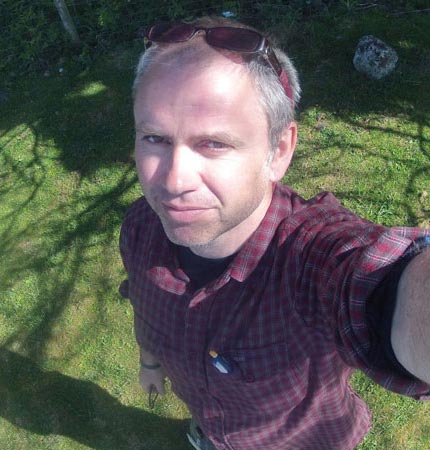Future Arctic Algae Blooms and their role in the context of climate change
The Arctic environment is currently changing at an unprecedented rate, leading to complex and hitherto poorly understood consequences for the marine ecosystems.
Small microalgae represent the basis of the marine food web, and are affected by these changes in multiple ways:
- altered light conditions owing to a decrease of sea ice extent and thickness,
- ocean acidification (OA), resulting from an uptake of anthropogenic CO2 into the water,
- invasion of more temperate species from the south through increased transport of water masses from lower latitudes and higher temperatures in Arctic waters.
Together, these three processes are expected to change the timing, species composition, productivity, and food quality of Arctic algal blooms, with far-reaching implications for the entire ecosystem.
This project aims at studying the combined effect of these three processes on Arctic algal blooms in sea ice and water, with a special focus on the control of the onset and development of a bloom. This will be done by combining
- >extensive field studies in two Arctic fjord systems with contrasting environmental characteristics,
- >experiments to study the combined effect of increased light and CO2 on natural algae communities and single species, and
- >developing models that allow us to study the relative importance (and joint effects) of different stress factors.
Role of SAMS on project
SAMS will undertake long-term mooring work (Beaton), and investigate physical oceanographic conditions at the field site (Cottier), use biomarker techniques to make quantitative assessments of sea ice carbon uptake in the ecosystem (Brown) and developing outreach films (Crabb).

